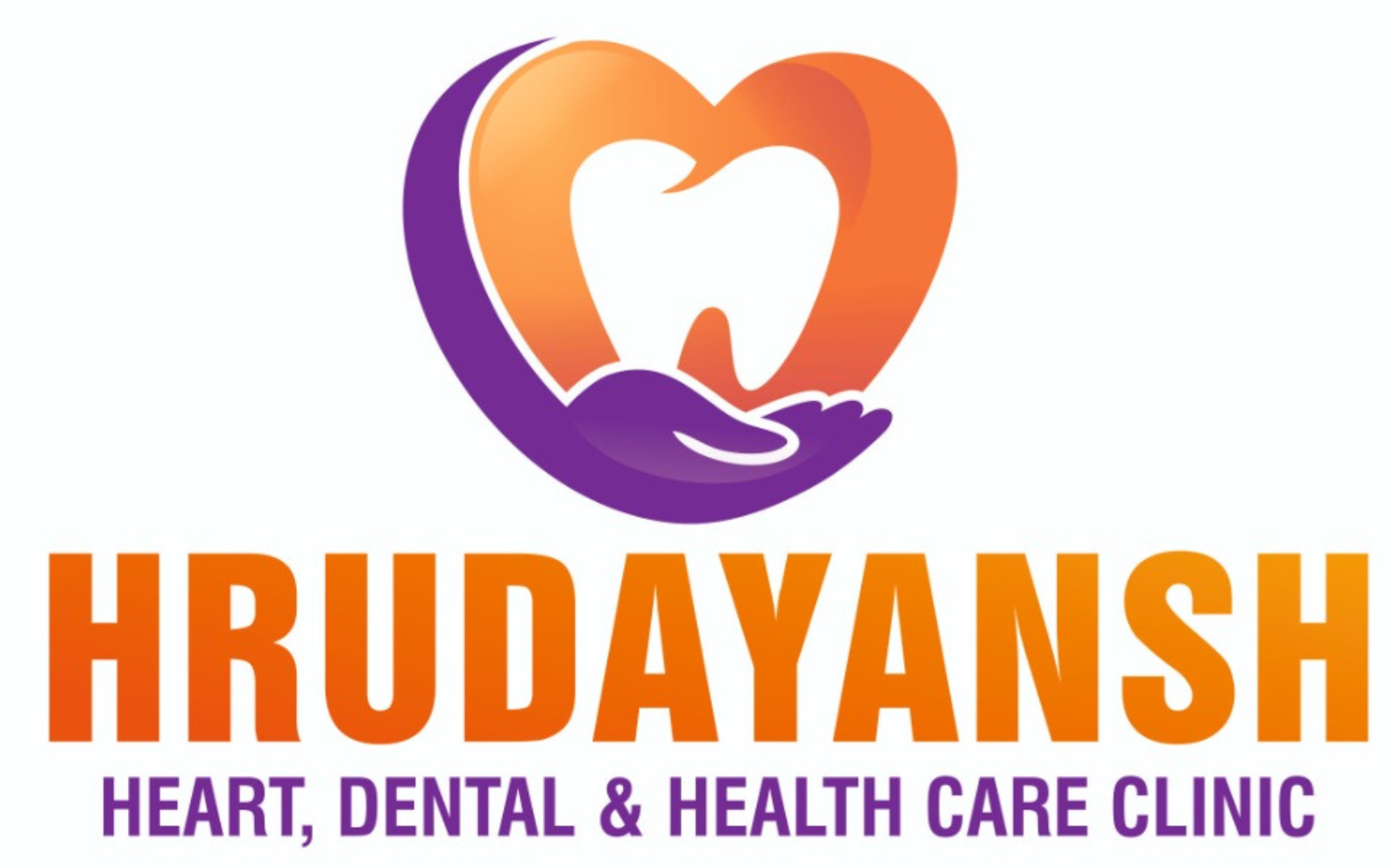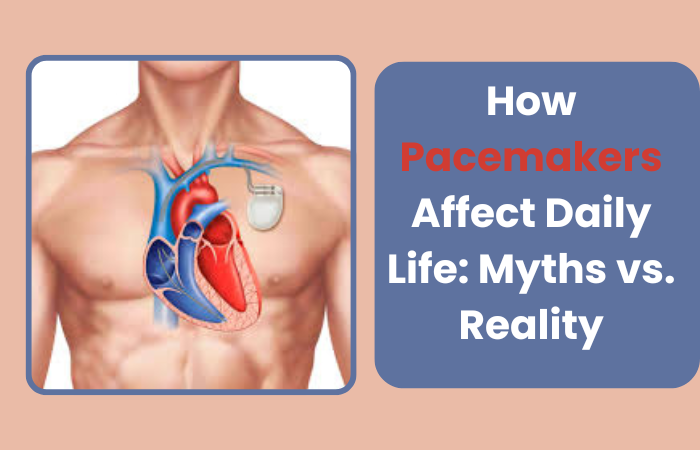Blocked arteries are one of the major causes of chest pain, heart attacks, and long-term cardiac issues. One of the most effective treatments for restoring blood flow and preventing serious complications is angioplasty.
In this comprehensive blog, we’ll explore what angioplasty is, when it is recommended, the associated risks, and how recovery typically unfolds.
What is Angioplasty?
Angioplasty is a minimally invasive cardiac procedure that opens narrowed or blocked coronary arteries. This allows blood to flow more freely to the heart muscle, alleviating symptoms and reducing the risk of heart attack.
Key Steps in the Procedure:
- A catheter is inserted through a blood vessel in the wrist or groin.
- A small balloon is inflated at the site of the blockage.
- In most cases, a stent (a wire mesh tube) is placed to keep the artery open.
This is typically performed under local anesthesia and is much less invasive than open-heart surgery.
When Is Angioplasty Needed?
Angioplasty is typically recommended for patients who have:
- Significant coronary artery disease (CAD)
- Unstable angina (chest pain)
- Heart attack (as an emergency treatment)
- Shortness of breath or fatigue caused by blocked arteries
- Ineffective results from medication or lifestyle changes alone
Potential Risks of Angioplasty
While angioplasty is generally safe, it does carry certain risks, especially in elderly patients or those with multiple comorbidities.
Possible Complications:
- Bleeding or infection at the catheter site
- Re-narrowing of the artery (restenosis)
- Blood clots forming in the stent
- Allergic reaction to contrast dye
- Kidney function issues (due to dye used in the procedure)
- Rarely, heart attack or stroke during the procedure
These risks are minimized when the procedure is performed by experienced specialists in a well-equipped cardiac care center.
Recovery After Angioplasty
Hospital Stay
Most patients are discharged within 24 to 48 hours after the procedure, unless there are complications.
Physical Activity
- Avoid strenuous activity for 1 to 2 weeks.
- Gentle walking is usually encouraged after a few days.
Medication
- Patients are prescribed blood thinners and cholesterol-lowering medications.
- It’s critical to take medicines regularly and as directed to avoid stent blockage or clotting.
Diet & Lifestyle
- Shift to a low-fat, low-salt, heart-healthy diet.
- Quit smoking and limit alcohol intake.
- Manage blood pressure, diabetes, and stress.
Life After Angioplasty
Angioplasty offers rapid relief from chest discomfort and fatigue, and many patients resume normal life within weeks. However, it is not a cure—it is a management tool for heart disease.
Long-Term Heart Care Includes:
- Regular follow-ups with your cardiologist
- Yearly ECGs, stress tests, and lipid profiles
- Ongoing commitment to a healthy lifestyle
- Close monitoring of other conditions like diabetes or hypertension
Meet Your Heart Care Expert
Dr. Digvijay Nalawade
Consultant Cardiologist – Hrudayansh Clinic, Pune
Expert in Angioplasty, Heart Attack Management & Preventive Cardiology
Precision diagnosis
Personalized recovery plans
Patient-focused, compassionate care
At Hrudayansh Clinic, we focus not only on treatment but also on long-term heart wellness.
Book your consultation today and begin your journey to a stronger, healthier heart.


